While Huawei started HarmonyOS as an emergency plan after the US government ban, Xiaomi wants to use HyperOS - its own software port based on Android but with Xiaomi rewriting most of the code . Recently, Vivo also revealed BlueOS - an alternative developed entirely in Rust by the company itself that is not even compatible with Android apps.
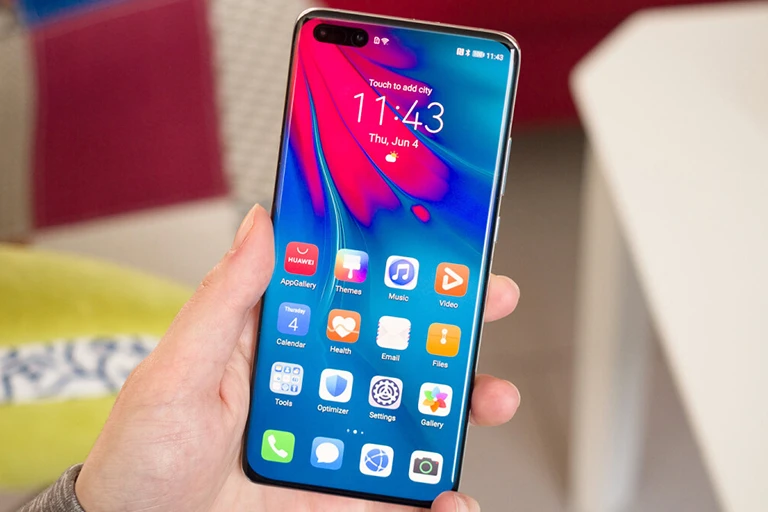
HarmonyOS Announced by Huawei After US Government Ban
The three solutions above are fundamentally different concepts but seemingly similar in purpose, sparking a debate about whether companies need to consider alternatives to iOS and Android, as well as how practical it is to choose systems that are completely separate from what users are already used to.
HarmonyOS - born because of the ban
After the US ban, Huawei was forced to stop working with Google and made the pre-installation of Google services in EMUI no longer available. Huawei immediately announced that it had an alternative system to Android that was compatible with its own apps. In fact, HarmonyOS and EMUI are very similar, except for the name and some features in the code.
In Europe, the lack of Google Mobile Services—the services platform that is essential to running the most popular apps—is a real problem. Even with its own app store, without Google's help, a software that aspires to be the majority cannot win.
HyperOS - the ambitious operating system
Xiaomi promises HyperOS will deliver higher performance, while having a lower system footprint and the ability to load native code to support general AI models in the future. Xiaomi HyperOS is built on Linux and Xiaomi's self-developed Xiaomi Vela system, allowing it to work efficiently with a variety of devices, regardless of RAM size (from 64KB to 24GB).
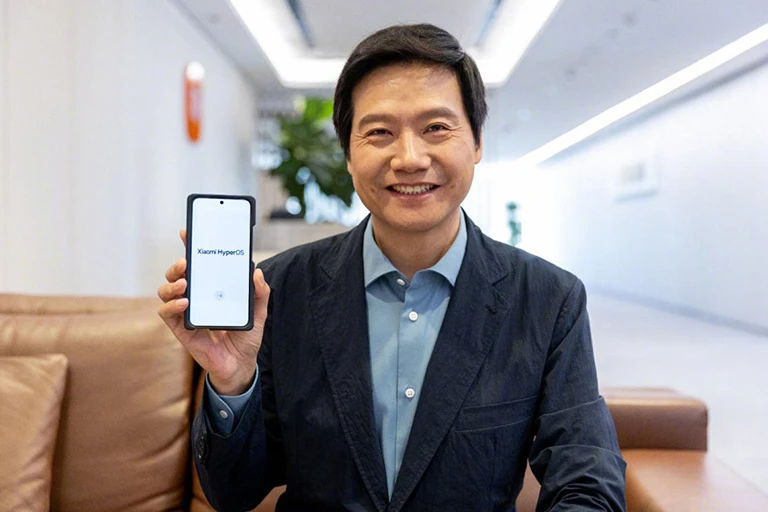
HyperOS is an ambitious operating system platform from Xiaomi to replace MIUI.
HyperOS is lightweight (the smartphone's system firmware only takes up 8.75 GB) and uses minimal resources compared to its competitors, resulting in optimal performance. The operating system excels at task scheduling and resource management, ensuring stable performance even in resource-intensive scenarios. Technical modules such as the file system and memory management are optimized to exploit different hardware capabilities.
With HyperOS, Xiaomi has modified Android to the maximum extent and not sacrificed functionality but tried to make it work even better. However, more time is needed to check how much new HyperOS has after a closer analysis of the Xiaomi 14.
Vivo's Venture Plan
Unlike Xiaomi, Vivo seems to want to end its dependence on Android directly by developing its own operating system coded in Rust. For now, it doesn't seem like it will be compatible with Android apps, a move that will likely apply to Vivo smartphones sold in China.
Right now, no manufacturer other than Apple and Google can create a complete ecosystem. Even Samsung, the leader in smartphone sales, has had to back down on its plans to create its own operating system. It has created its own software, such as Tizen for some devices (such as TVs) and the WearOS platform for wearables. Eventually, it gave up.
So the ambitious undertakings of Xiaomi and Vivo are noteworthy, especially since they have quite different approaches. The Chinese manufacturers clearly want to move away from Android, and no one knows how these plans will end up.
Source link








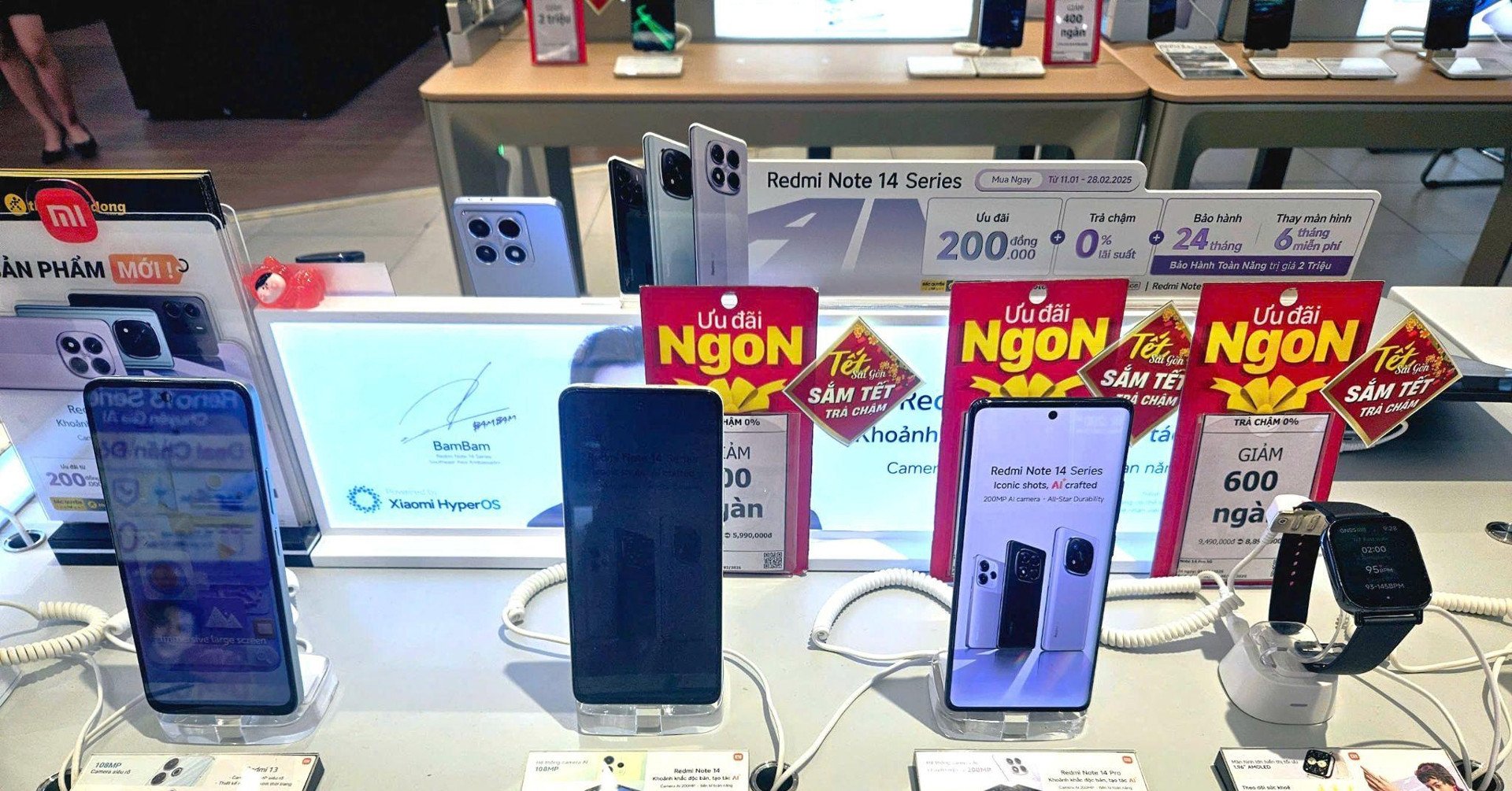

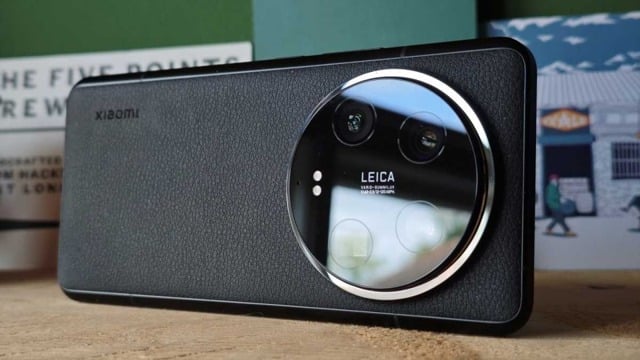

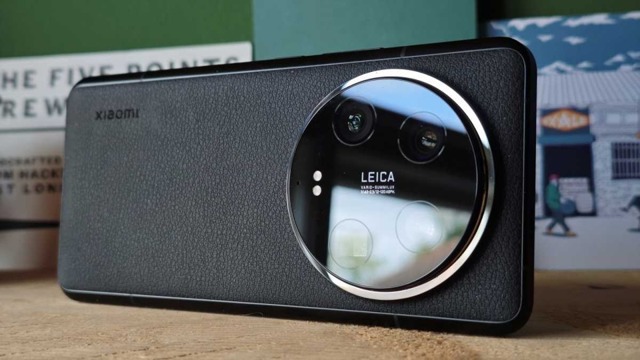
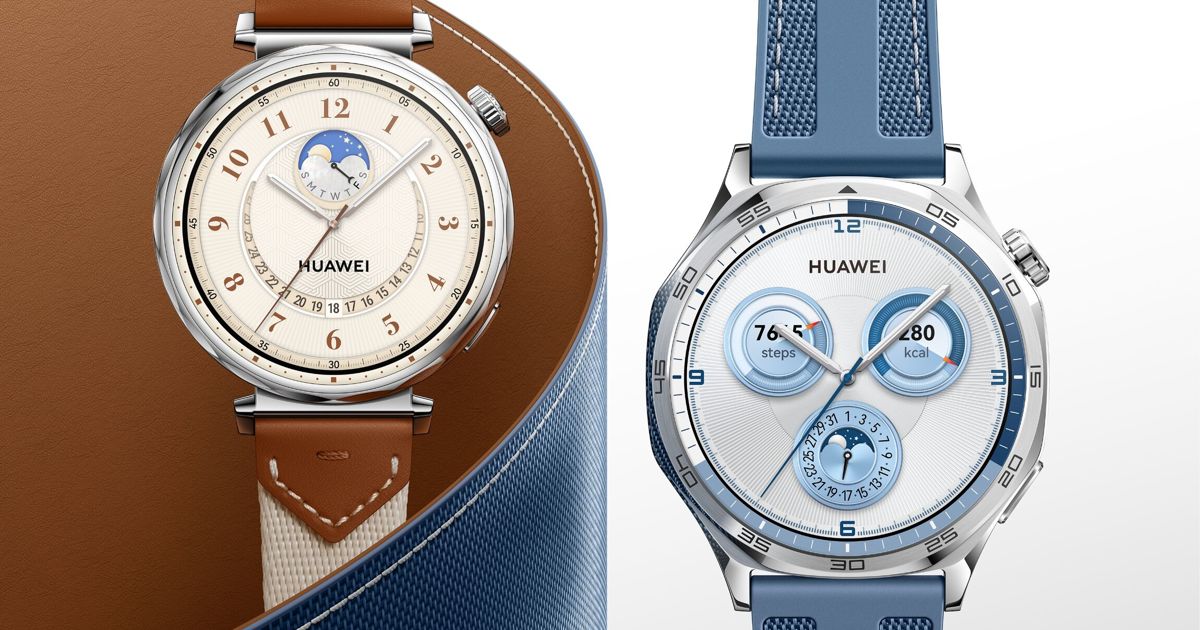
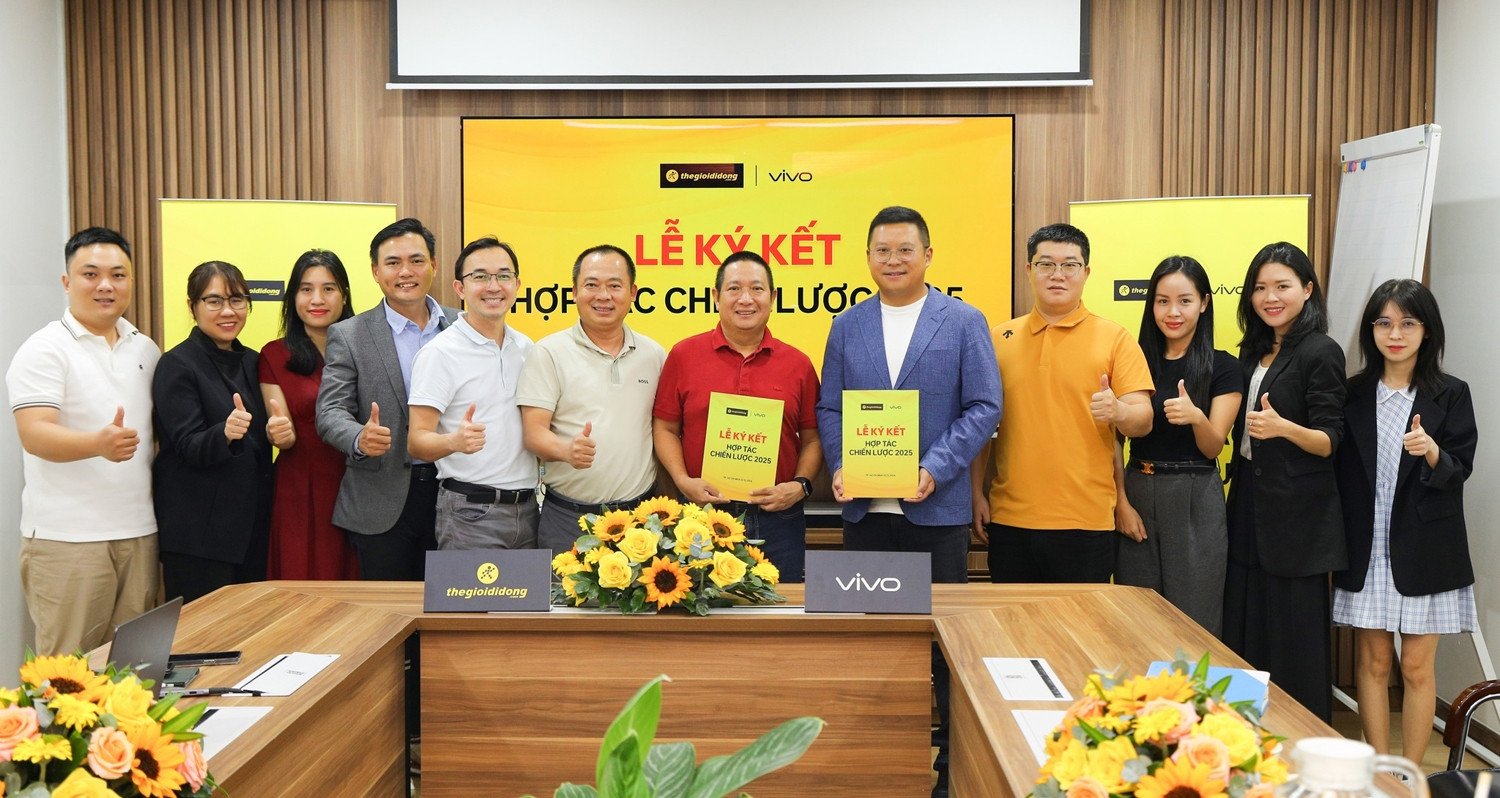
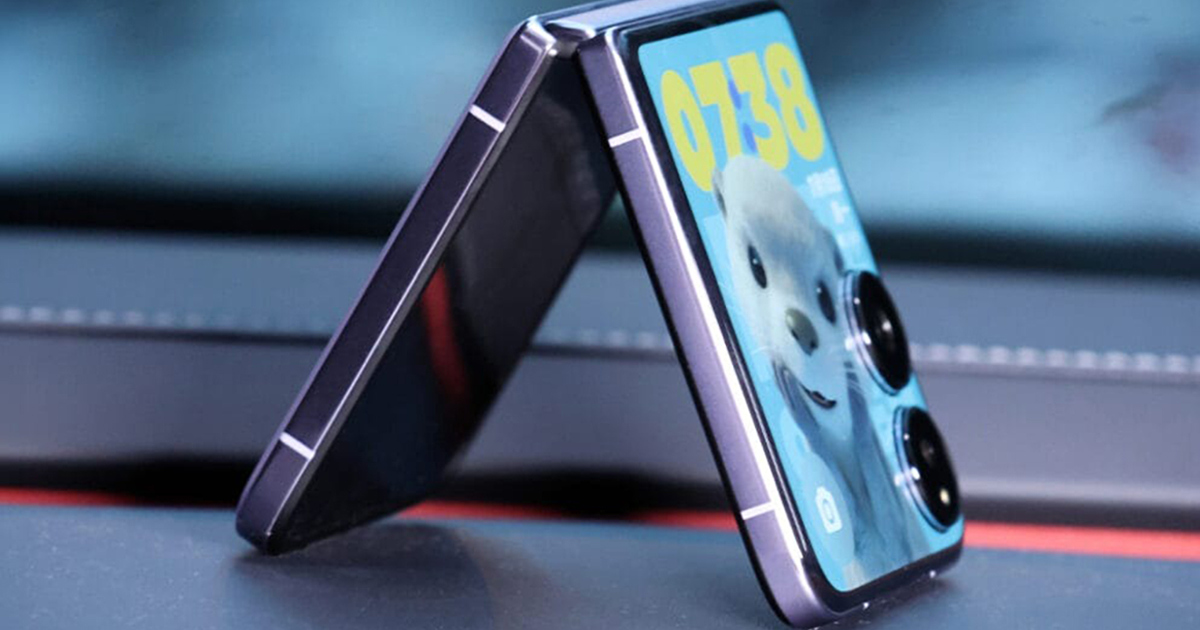
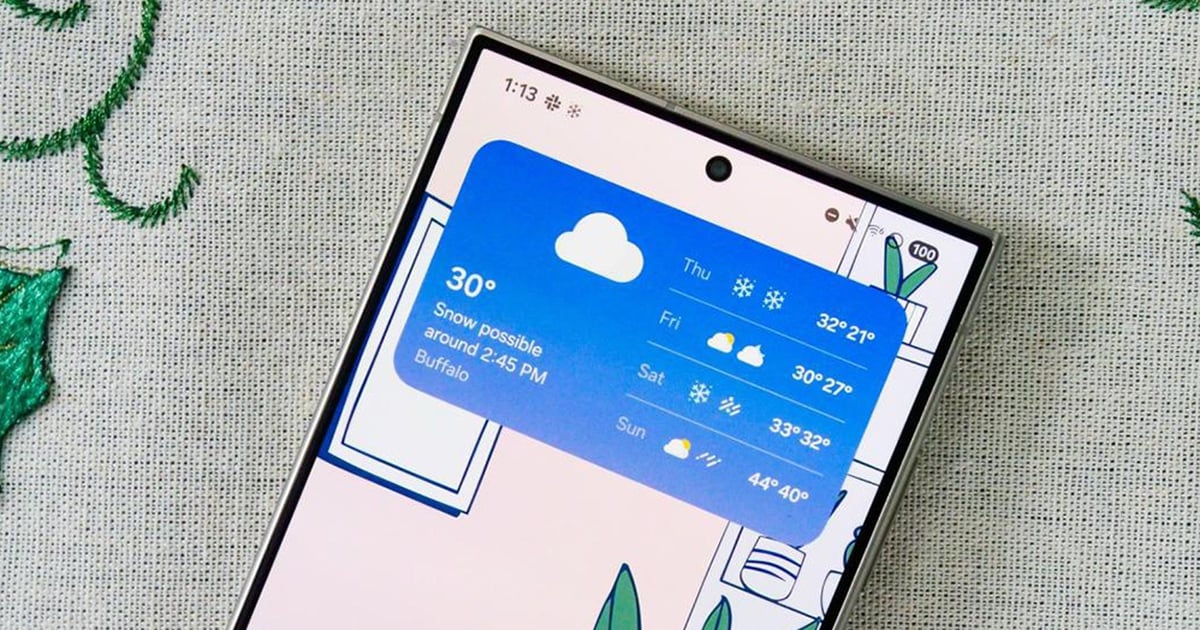
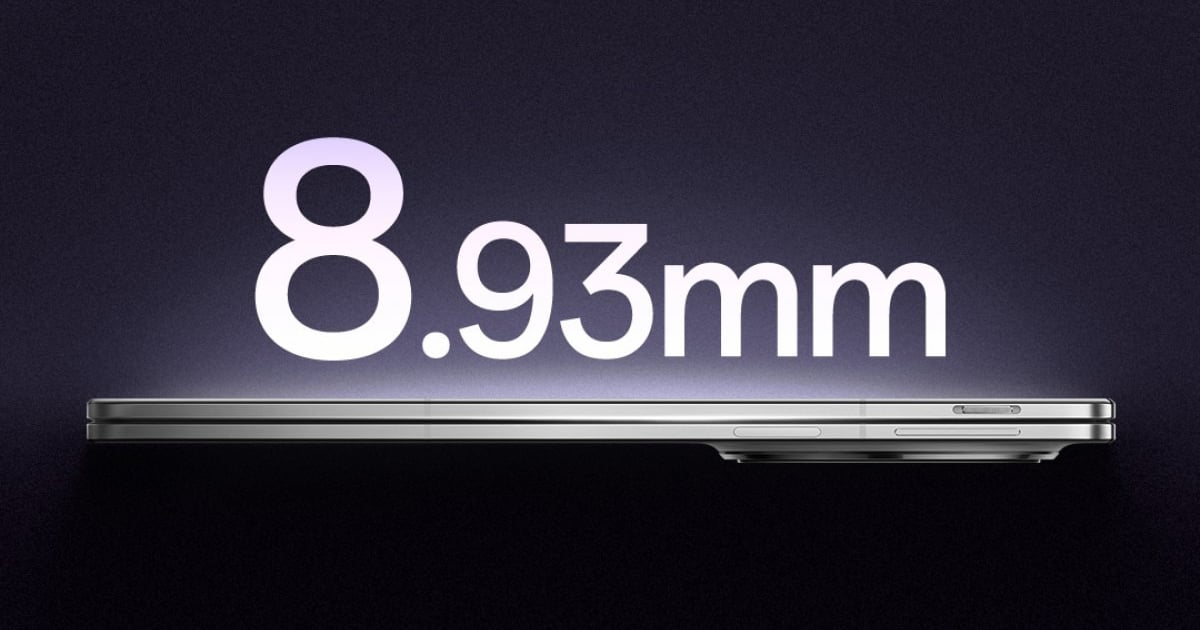


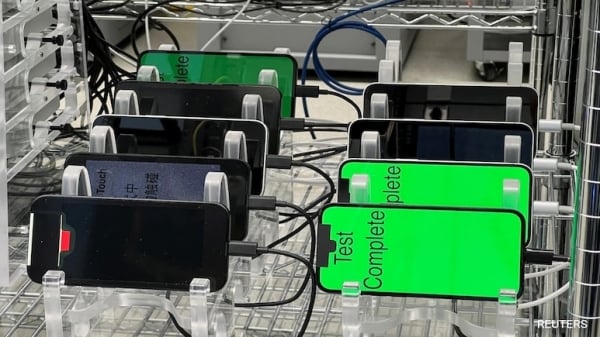






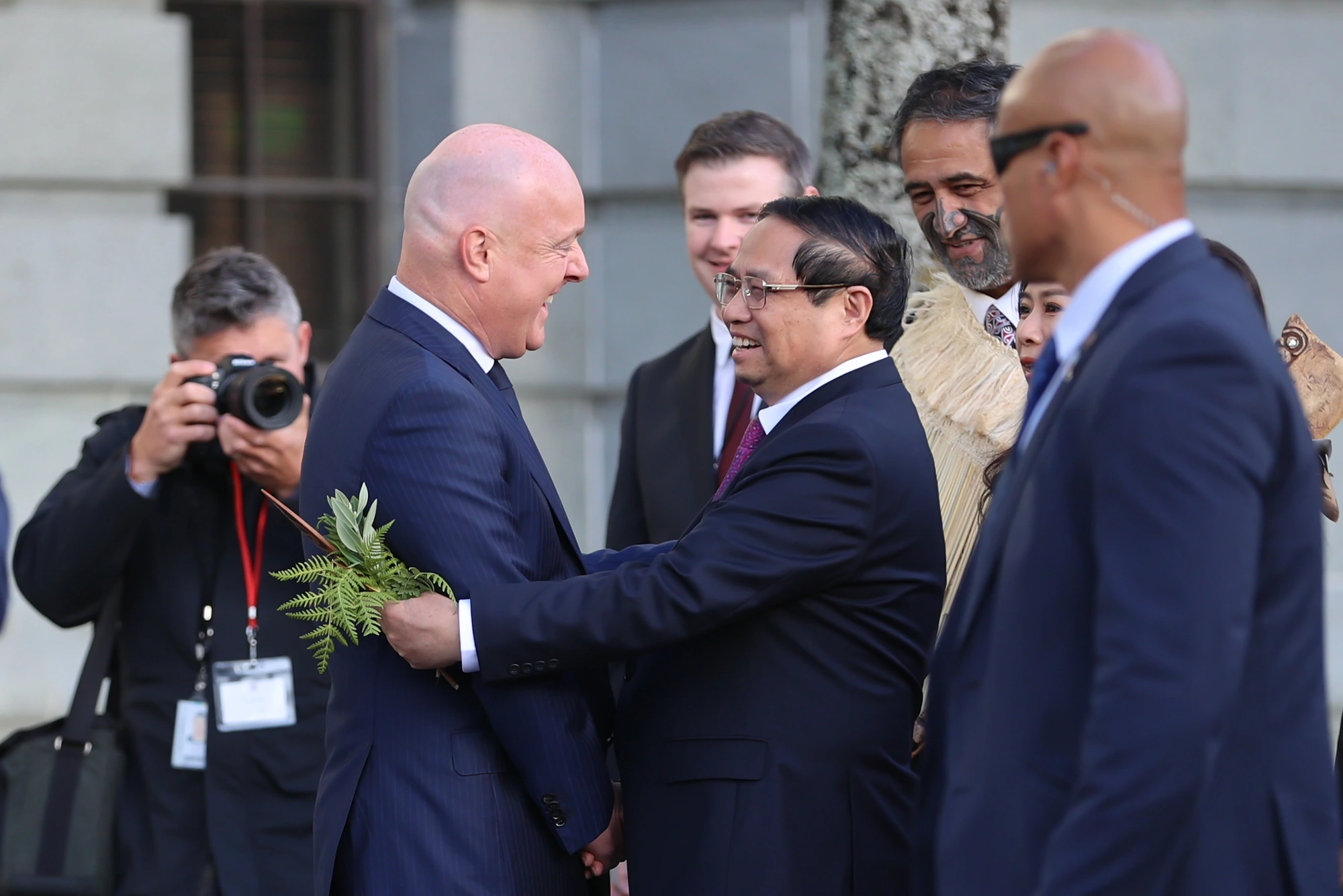

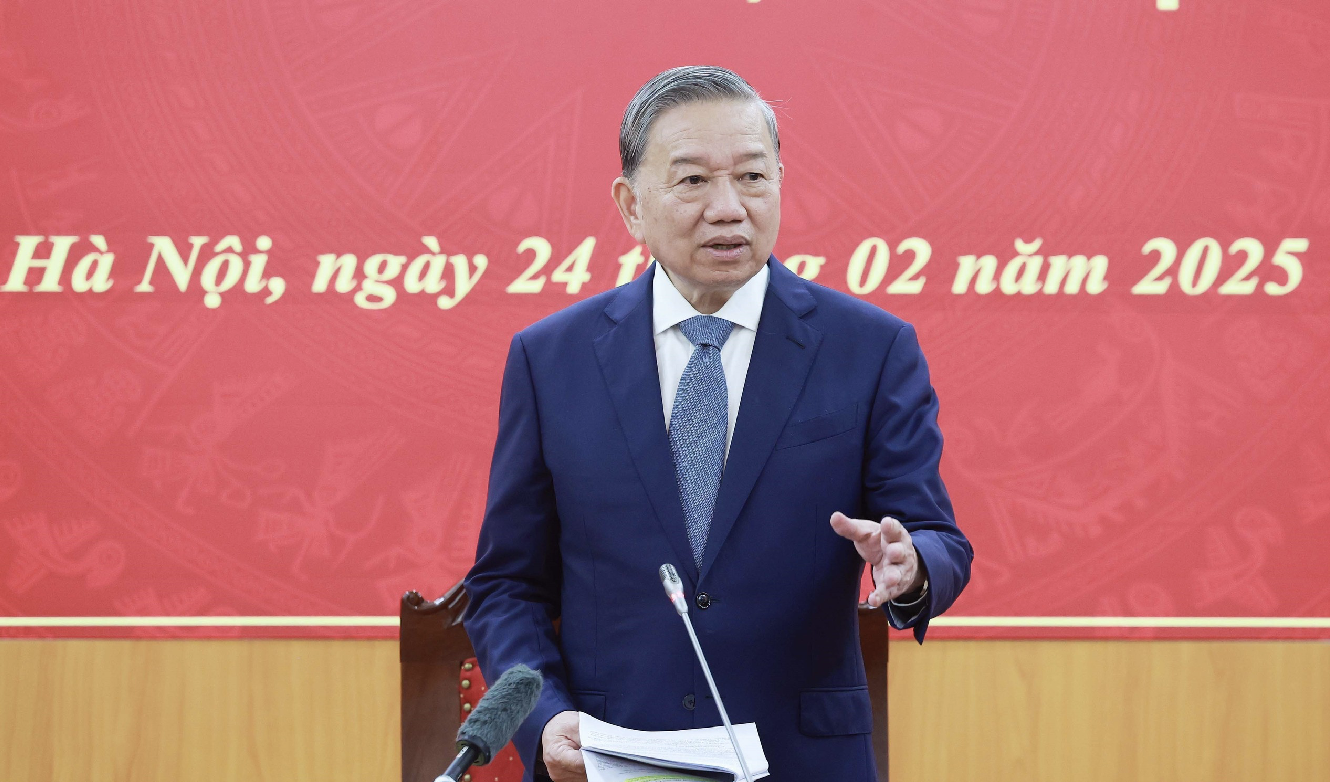








![[Photo] Prime Minister Pham Minh Chinh chairs Government Conference with localities on economic growth](https://vstatic.vietnam.vn/vietnam/resource/IMAGE/2025/2/21/f34583484f2643a2a2b72168a0d64baa)



























































Comment (0)